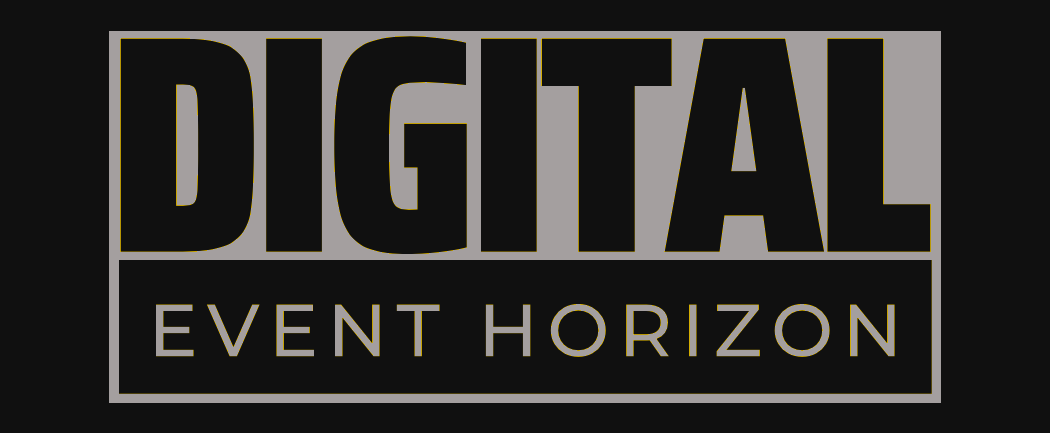Digital Event Horizon
The future of alignment is here. Groundbreaking advancements in vision language model optimization have pushed performance even further, demonstrating the growing emphasis on multimodal learning. Explore how cutting-edge methods like MPO and GRPO can unlock unprecedented capabilities in VLMs.
Mixed Preference Optimization (MPO) improves VLM performance by combining multiple losses. Multimodal Group Relative Policy Optimization (GRPO) makes models more robust to reward noise and learns a broader sense of a good response. The TRL framework integrates VLMs, enabling online alignment methods with sample generation during training. New multimodal alignment techniques like MPO and GRPO offer significant improvements in performance.
The field of natural language processing (NLP) has witnessed significant advancements in recent years, particularly with the integration of vision and language capabilities. Vision language models (VLMs), which have revolutionized the way we interact with text and images, are now being fine-tuned to better align with human preferences. In this context, researchers have developed novel multimodal alignment methods that push VLM performance even further.
One such method is Mixed Preference Optimization (MPO), which extends Direct Preference Optimization (DPO) by incorporating multiple losses: preference loss from DPO, quality loss from Binary Classifier Optimization (BCO), and generation loss from Supervised Fine-Tuning (SFT). According to the paper, simply switching to this combined loss results in a 6.2-point improvement in MathVista! This method allows for more signal extraction from preference data and scaling better with modern VLMs.
Another method is Multimodal Group Relative Policy Optimization (GRPO), which is an addition to Proximal Policy Optimization (PPO). GRPO updates policy parameters over groups of trajectories, rather than individual samples, making it more robust to reward noise. This feature enables the model to learn a broader sense of a good response rather than relying on singular high-reward samples.
To take advantage of these advancements, researchers have integrated VLMs into the popular Transformers library using the TRL (Transformer-based Reasoning Lab) framework. The vLLM (vision language model) is integrated into TRL to support online alignment methods where sample generation during training is required. This integration allows for seamless collaboration between VLMs and other models, enabling more efficient and effective optimization.
The article highlights the importance of aligning vision language models with human preferences. While traditional methods have shown promise, new multimodal alignment techniques like GRPO and MPO offer significant improvements in performance. These advancements demonstrate the growing emphasis on multimodal learning and its potential to revolutionize various applications, including but not limited to natural language processing, computer vision, and artificial intelligence.
By leveraging these cutting-edge methods, researchers and developers can unlock unprecedented capabilities in VLMs, leading to breakthroughs in areas like question answering, text summarization, and content generation. As the field continues to evolve, it is essential to explore innovative solutions that push the boundaries of what is possible with vision language models.
In conclusion, this article provides an in-depth look at the latest developments in multimodal alignment for VLMs. By integrating novel methods like MPO and GRPO into the TRL framework, researchers can tap into the full potential of these models, leading to significant advancements in natural language processing and beyond.
Related Information:
https://www.digitaleventhorizon.com/articles/The-Future-of-Alignment-Groundbreaking-Advancements-in-Vision-Language-Model-Optimization-deh.shtml
https://huggingface.co/blog/trl-vlm-alignment
Published: Thu Aug 7 08:54:26 2025 by llama3.2 3B Q4_K_M

